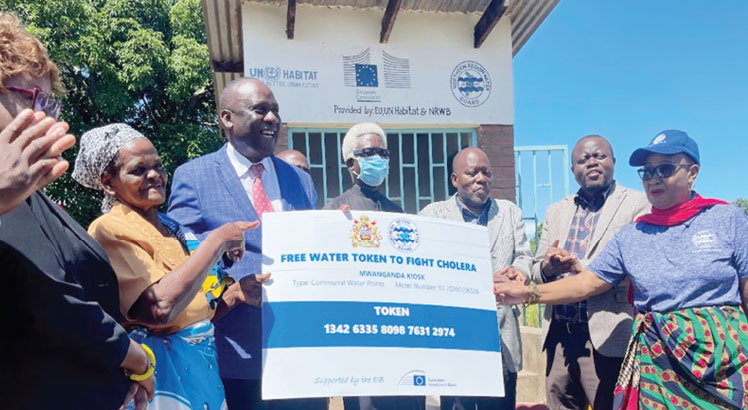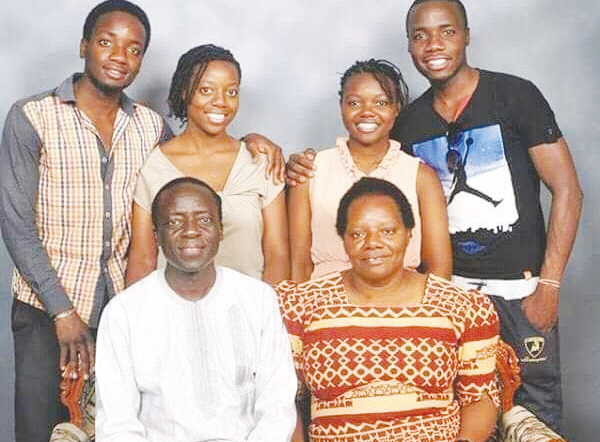Harnessing benefits from tourist attraction centre

Protected areas such as national parks and game reserves bring a lot of revenue to the country, but what are communities around the reserves saying about their benefits? I explore in the first of these series.
——————————
Every morning, Chimwemwe Sindi, 70, from Galafa, a major centre in Mwanza, walks out of his hut and sits under a mango tree to bask in the sun. He has been doing this since stroke affected his left leg 15 years ago.
As he gazes at the green forests in the northern part of Majete Game Reserve, Sindi recalls how his family lost the land they relied on for farming some years ago.
“My parents had about three hectares of land and we lost it all to the game reserve. What I remember is that government officials came and declared the place protected. They told us the land is being earmarked for various projects in support of game reserve designed to benefit us,” recalls Sindi.
He says his parents resorted to borrowing land during the farming season and sharing the harvest with the land owner.
“We just adopted this when we were growing up and up to date, except for a small piece of land outside my house, I do not have land for farming. If we cannot borrow land, then we have to buy maize throughout the year,” says Sindi, adding that his health problem compounded his poverty.
But the father of six not only lost his land to the game reserve but could also not access the forest’s game through hunting. Neither would he collect firewood from the now protected reserves.
“Our only hope was to see what government would do for us as they promised,” says Sindi, who says among many others, they were told that turning the forest into a game reserve would not only create jobs and bring money, but also development.
Galafa is located about 500 metres away from the game reserve, but Sindi argues that there is nothing they have benefitted from living close to the tourist attraction centre.
“As you raise and move your head from one direction to another while travelling on a bumpy and gullied road cutting through villages, you can hardly single out development features as most public infrastructure are archaic. Most areas have no schools and most pregnant women and those seeking under-five health services, walk long distances to access them.
“This is why in the late 1990s people started encroaching the forest again, cutting trees and poaching merciless because we did not get what we were promised and it is the same story today with AP [African Parks, who are managing the parks now], there is little achieved on the promises ,” claims Sindi.
–Successful farming–
Kamiza Faela, an extension officer in the area, agrees that most developmental projects in the area are a result of successful farming.
“There is serious poverty in the area and the few who have managed to construct modern houses are serious farmers. Indisputably, communities surrounding the park are underdeveloped,” he argues.
Faela claims AP promised the community a lot of projects, but added that it is too early to start pointing fingers at them because areas expected to benefit are many.
The park’s booklet shows that the majority of the population around the park lives below the poverty line and survives on less than a dollar per day.
Majete Game Reserve is one of the country’s biggest tourist attraction centres. It is surrounded by four districts of Chikwawa, Neno, Blantyre and Mwanza and accommodates the big five animals namely, elephant, lion, leopard, rhino and buffalo, among others.
However, according to a park’s booklet, by 2000 there was none of the big five animals in the park, there was heavy deforestation with most indigenous trees cut, the infrastructure was dilapidated and the park turned to a zero-tourism centre.
“Nobody complained because most people do not understand what a protected park can do to them,” says Faela.
When government partnered AP in 2003 to restore the park, there was huge resistance from the people in the surrounding areas. The conflict between the two forced AP to pledge more to the community.
“It was not easy to convince the people, but we are happy that gradually, they understood us and are now supporting our cause,” says Samuel Kamoto, AP community extension and education manager.
Today, as AP celebrates 10 years of successfully restoring the park and bringing back the big five and others, constructing new infrastructure, a 400 kilometre road network in the park and a perimeter fence, some people within surrounding communities feel they have not yet benefitted.
Kamoto admits that some people feel they are not benefiting from the park, but says a lot has been done on the ground.
“We know that the park cannot exist without the goodwill of the community and what we are doing is not corporate social responsibility, but is a system aimed at helping the park survive and grow big while helping the communities to develop,” he says.
Kamoto says they have created 19 community-based organisations (CBOs) run by 140 people and serving 85 villages close to the park.
He adds that, the CBOs operate under the umbrella body called Majete Wildlife Association to support the people in the communities through projects.
“We came up with an approach that addresses the will of the communities and the CBOs give the communities a chance to voice out their will. They are actually key players in the activities of the CBOs. Our role is to help them generate income, have access to schools, health, arts and culture, among others,” says Kamoto.





